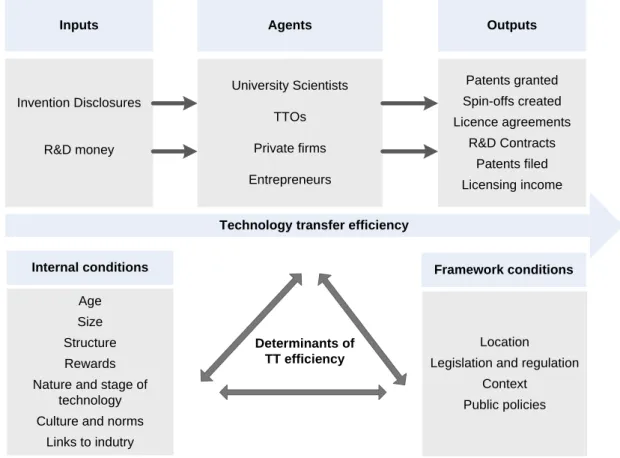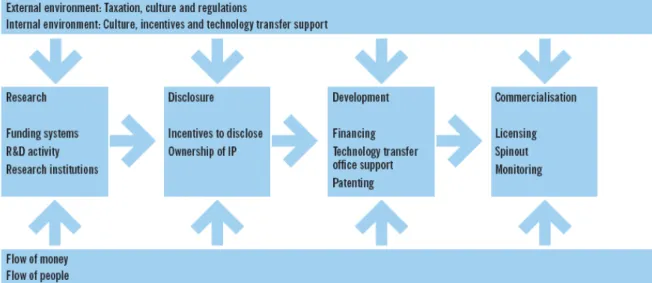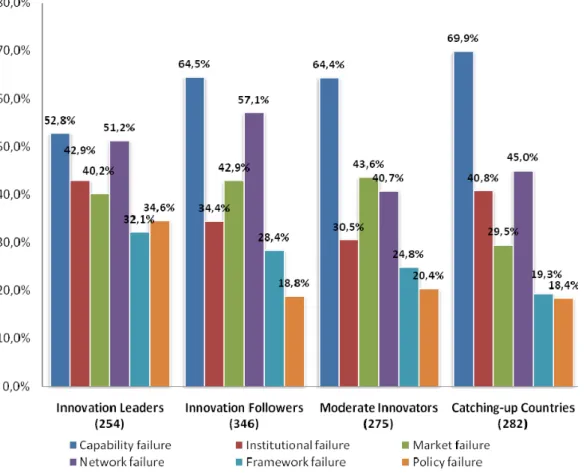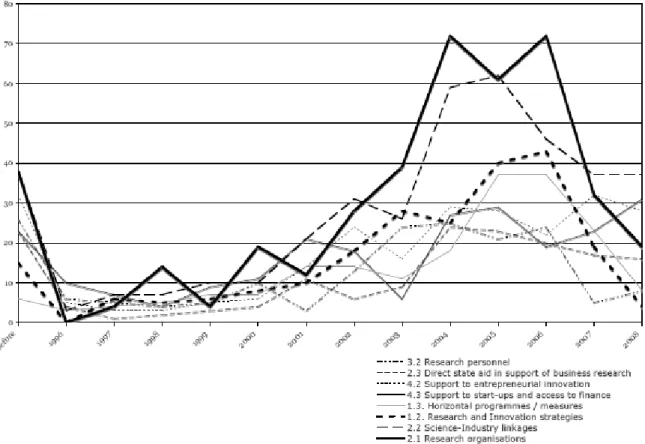Efficiency determinants of technology transfer offices : empirical analysis and correlation with innovation policies in Portugal and Switzerland
Texto
Imagem




Documentos relacionados
(2004) Foreign Direct Investment, Technology Transfer, and Productivity Growth in Transition Countries – Empirical Evidence from Panel Data. Cege Discussion
O primeiro compreendeu-se de uma pesquisa bibliográfica em livros e periódicos e o segundo, de uma pesquisa experimental que oportunizou testar
No decorrer do Estágio Pedagógico I, realizado numa sala de Educação Pré- Escolar, foram realizadas várias atividades direcionadas para a leitura e escrita. Algumas procuraram
We also used the national budget figures to obtain data on funding according to type of expenditure on S&T: graduate studies and fellowships, basic and applied research,
Para reduzir o número de reclamações de cliente realizou-se um maior número de Auditorias para Controlo da Qualidade e Especificação do Produto Acabado em cada linha
The deficiencies in Brazilian science and technology policies with regard to the challenges of the twenty-first century are discussed, while acknowledging that these policies have
The main guidelines for the work by DECIT are provided by the National Agenda for Research Priorities in Health and the Na- tional Policy for Science, Technology, and Innovation
Podemos citar como limitante na confecção deste estudo a escassez de referências sobre a repercussão desses grupos educativos acerca do autocuidado das pessoas





